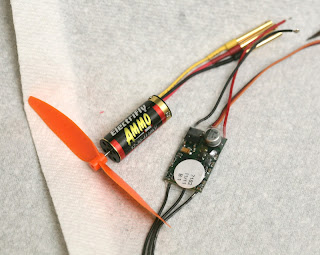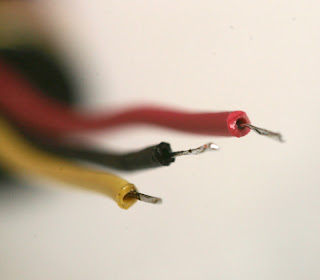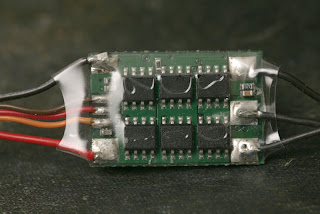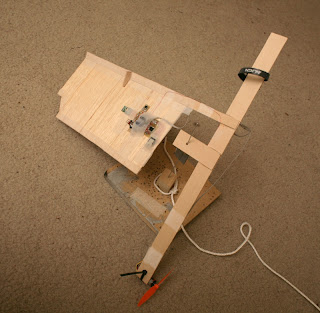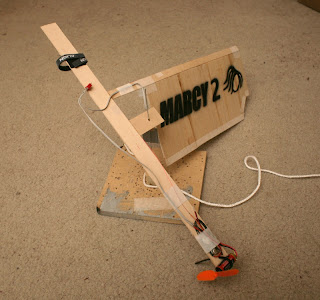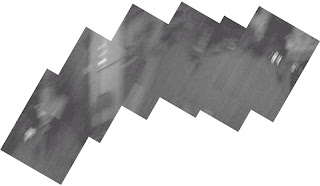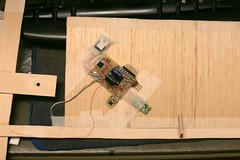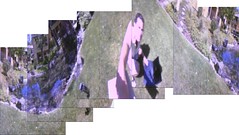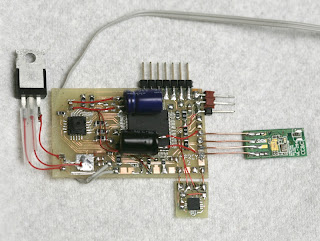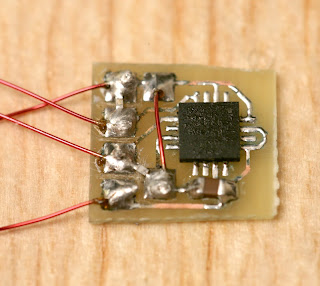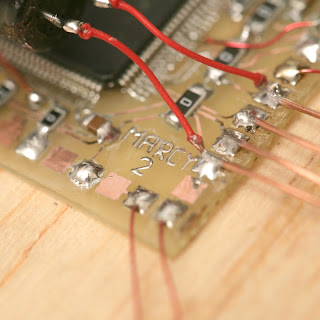
I put together an overview of what we found when looking into the legalities of UAV use in Canada. Our hope is that as a community we can have a rough outline for each of the countries that the members are from.
Notes: I'm not a professional I've just collated what I found. Please let me know of any mistakes or changes.
Q: Are UAVs legal in the Canada?
A: Unmanned Aerial vehicles are permitted to fly in Canada when they meet "Model aircraft" conditions set out in the Canadian Aviation Regulations or the operator has a Special Flight Operations Certificate(SFOC).
Q: What makes a UAV a model aircraft in the eyes of Transport Canada(TC)?
A: "Model aircraft" means an aircraft, the total weight of which does not exceed 35 kg (77.2 pounds), that is mechanically driven or launched into flight for recreational purposes. By definition a UAV is no longer a model aircraft when:
- Owned by a company not an individual.
-Used for profit.
Link
Q: I just put a Camera on my model plane/copter and started making money selling the photos/videos, is this allowed?
A: As described by TC as soon as you make money or become contracted to use you model aircraft it no-longer qualifies as a model aircraft. Your model aircraft is now a UAV and requires a Special Flight Operations Certificate(SFOC) to fly.
Q: I’m using my UAV for profit or it’s vital to the success of my business, what do I need to know?
A: You need a Special Flight Operations Certificate(SFOC) every time your UAV is in Canadian Airspace, Yes even testing and development outdoors requires an SFOC. Fear not as obtaining an SFOC is common place in Canada, and as of May 17th 2012 it’s free. This is because the law strictly prohibits UAVs without these certificates.
602.41 No person shall operate an unmanned air vehicle in flight except in accordance with a special flight operations certificate or an air operator certificate.
Q: How do I get an SFOC?
A: The procedure for obtaining an SFOC is listed here. The most important in preparing your SFOC application is that you prove to Transport Canada that you will not be putting the public in danger nor will you be disrupting air traffic.
- Please see the TC staff guideline, PDF, when creating your submission, thank you goes to Bertrand Duchiron for finding this.
Q: What does it cost to applying for an SFOC?
A: For UAVs there is NO COST involved in applying for and obtaining an SFOC. As of May 17th 2012. However there is a prerequisite of liability insurance, the TC staff mentioned this however I could not locate this.
Q: Do I need to get a different SFOC for every day that I fly?
A: No! As it was explained by Transport Canada you can apply for to get an SFOC that indicates a range of dates and times.
Q: How big of an area can I apply for in my SFOC?
A: As mentioned above the primary purpose of an SFOC is to ensure the safety of the public and air traffic. Your SFOC application will be individually reviewed by Transport Canada staff specific to the region. As long as you follow outline all the prerequisites outlined here
Q: Can you give us some of the examples SFOC applications provided by TC?
A: The example was of an established RC pilot contracted to take an aerial photo of a farmer’s field every Friday during the growing season. His application would look something like:
- Between May 18th to September 28th 2012, Every Friday between 9am and 11pm.
- Alternative date for flight will be the Friday between 4pm and 6pm.
- Alternative date for flight will be the next Saturday between 8am and 6pm.
- A note from the local RM indicating they have no objection to the flights.
- A description of his craft.
- A note from the farmer indicating that there will be no people or equipment on his field during any of the operational times (Security).
- An aerial/satellite photo for the area of operations.
- On this photo/map he will indicate takeoff and landing zones. Also noting any obstacles between the takeoff and landing zones.
- On this photo/map he will indicate the boundaries of where he will be operating.
- He will then indicate the projected flight path will photos will be taken.
This isn’t all of the points outlined here. Please note that all these points need to be completed and submitted.
Each SFOC is individually reviewed. It was mentioned that TC will work with you, within reason, if your application is missing certain points. They may also request a demonstration of you and/or your crafts abilities.
Q: I plan to take photos of sports games to promote the team/field/league, what do I need to know?
A: TC advised that a 100 foot horizontal buffer between a crowd and itself.
Q: What do I need to know about operating in semi populated to populated areas?
A: We were advised that you must always have a safe place to land your UAV upon mechanical/operational failure. This specific example was of a multi-rotor craft taking photos of a sporting event, if the craft looses power it will fall like a dart, even if the receiver/controller has redundant power. This is why there’s the 100ft rule for crowds. From here you must prove that if you lose power you have a bailout plan. The next example was of an RC plane doing a highway survey. If power was lost the operator could attempt to land the craft in a ditch. (Outlined in the operational presentation)
Q: I’m using my craft for recreational use. What kind of restrictions are in place for non-commercial, recreational crafts?
A: The letter of the law states: (We make no interpretations of this)
602.45 No person shall fly a model aircraft or a kite or launch a model rocket or a rocket of a type used in a fireworks display into cloud or in a manner that is or is likely to be hazardous to aviation safety.
Q: What about universities and other students. Are there any exemptions for them?
A: As previously mentioned any craft is considered a UAV when used for non-recreational activity. The university, students, project lead, will need to submit an application for an SFOC for your use. You may want to start small, say a small safe area with a low altitude just for testing and training for specific days for 6 weeks. Then when ready to expand you’ve already proved the operation is safe, even if it’s only 2 weeks into the first SFOC.
Q: What if I break the rules?
A: Well, for starters, we don't want to hear about it here! Section 602.41 as a designated provision, has an individual penalty in the amount of $5,000.00 and a corporation penalty of $25,000.00.
Q: Okay, I'm obeying all the rules. Are there any other guidelines for safe and responsible “Model Aircraft” operations?
A: Yes. In the USA the RCAPA (the RC aerial photography association) has some excellent guidelines that are a great place to start. Common Sense too.
Q: Where did you get all the information?
A: I compile all this information from:
http://www.tc.gc.ca/eng/civilaviation/regserv/cars/part6-standards-623d2-2450.htm#623d2_65_d
http://www.tc.gc.ca/eng/civilaviation/standards/general-recavi-uav-2265.htm
http://www.tc.gc.ca/eng/civilaviation/standards/general-recavi-brochures-uav-2270.htm
I also contacted the regional Transport Canada office and was transferred the team in charge of SFOC applications. Some of what we discussed was added to this FAQ.
We found that in 2007 there was Work Group formed:
EXECUTIVE SUMMARY
This document represents the Final Report of the Unmanned Air Vehicle (UAV) Working Group, established to develop a regulatory framework for the operation of unmanned air vehicles with respect to terms and definitions, aircraft registration and marking, flight crew and maintainer licensing, maintenance, airworthiness and continuing airworthiness, operational flight rules and operational approval. The Unmanned Air Vehicle Working Group was a joint government and industry initiative, convened by Transport Canada, General Aviation in December 2006 to address the increasing volume and complexity of applications for unmanned air vehicle Special Flight Operations Certificates (SFOCs).
[http://www.tc.gc.ca/eng/civilaviation/standards/general-recavi-uavworkinggroup-2266.htm]
[http://www.tc.gc.ca/eng/civilaviation/standards/general-recavi-uavworkinggroup-2266.htm#14]
There appears to be a section for UAV pilot licensing. However none of this was mentioned by the TC rep.
Private communities/sites:
Canadian Centrefor Unmanned Vehicle Systems
Air2You


